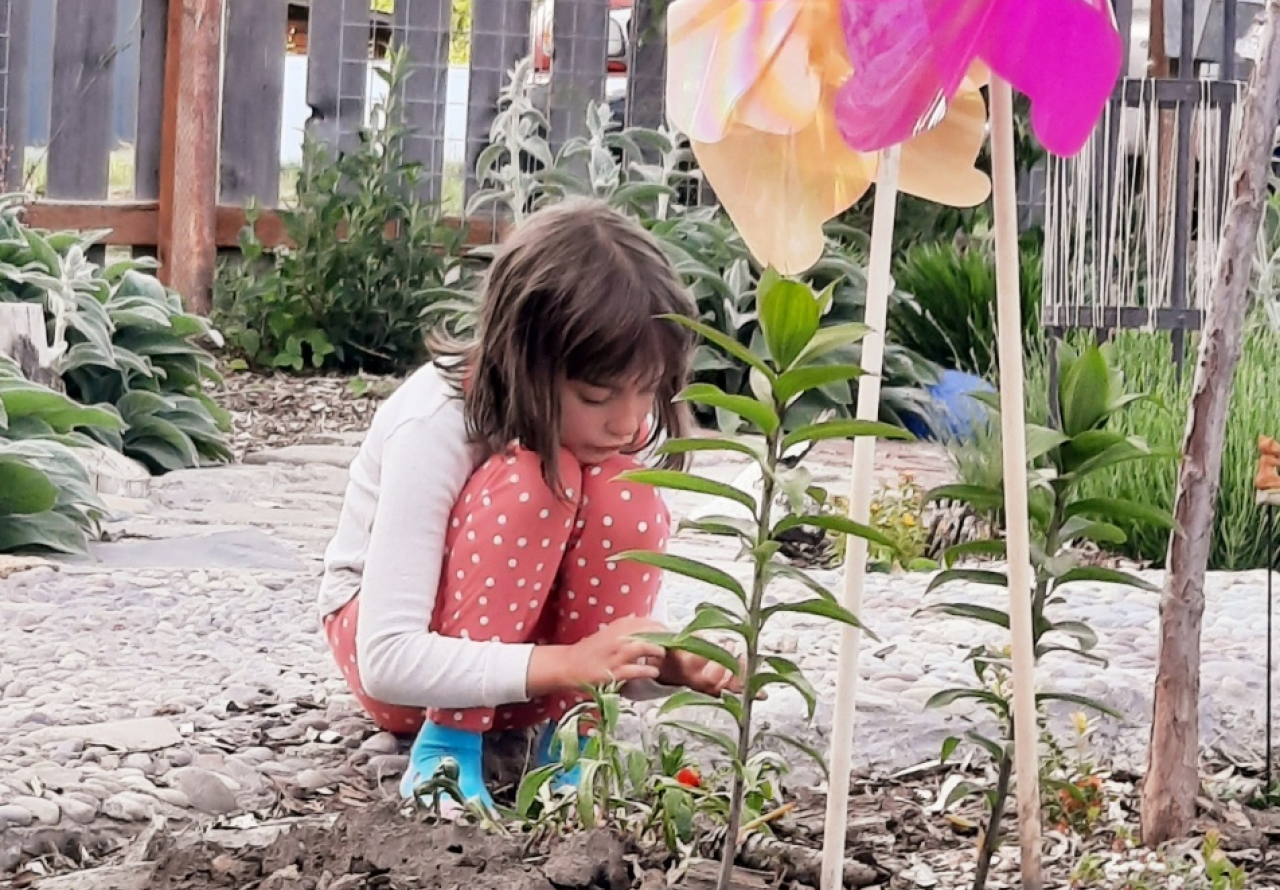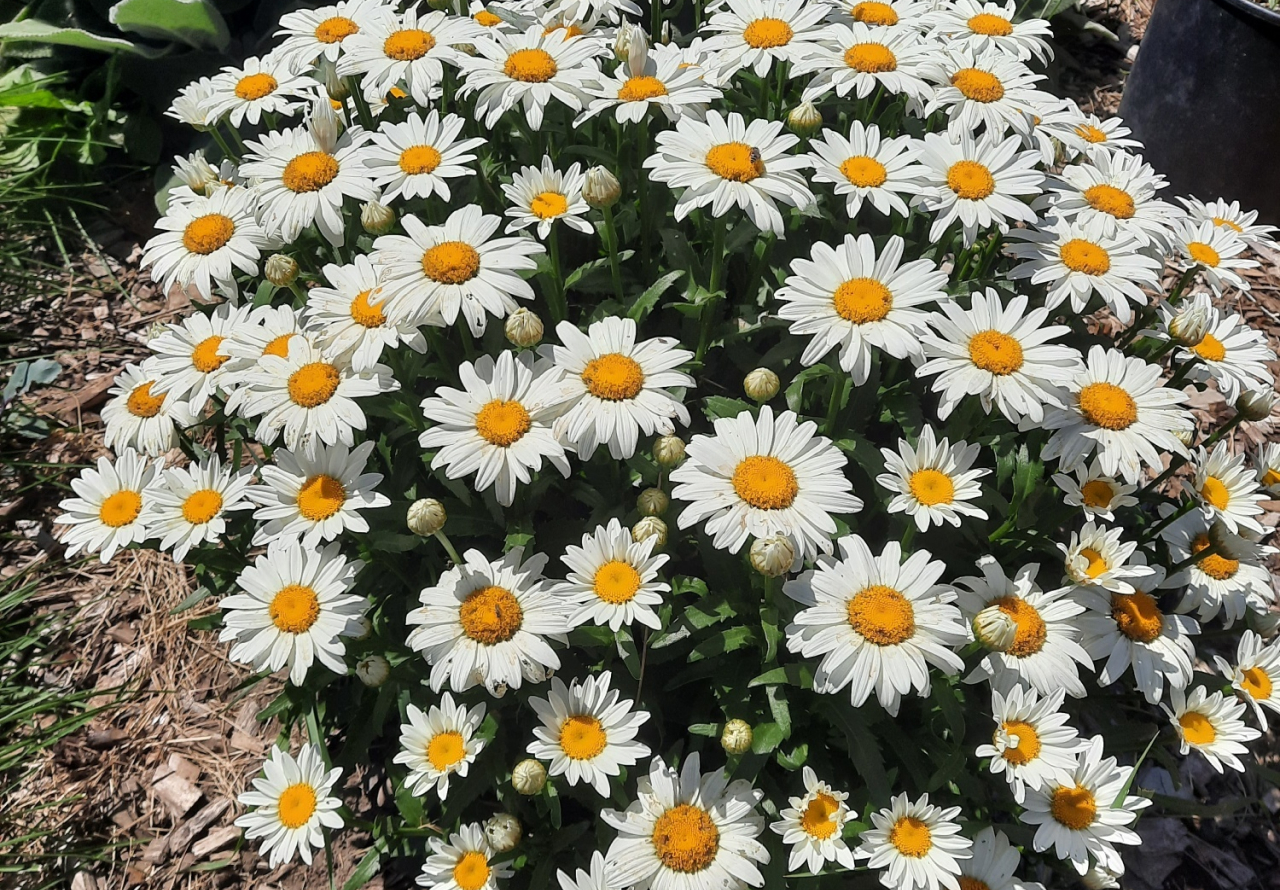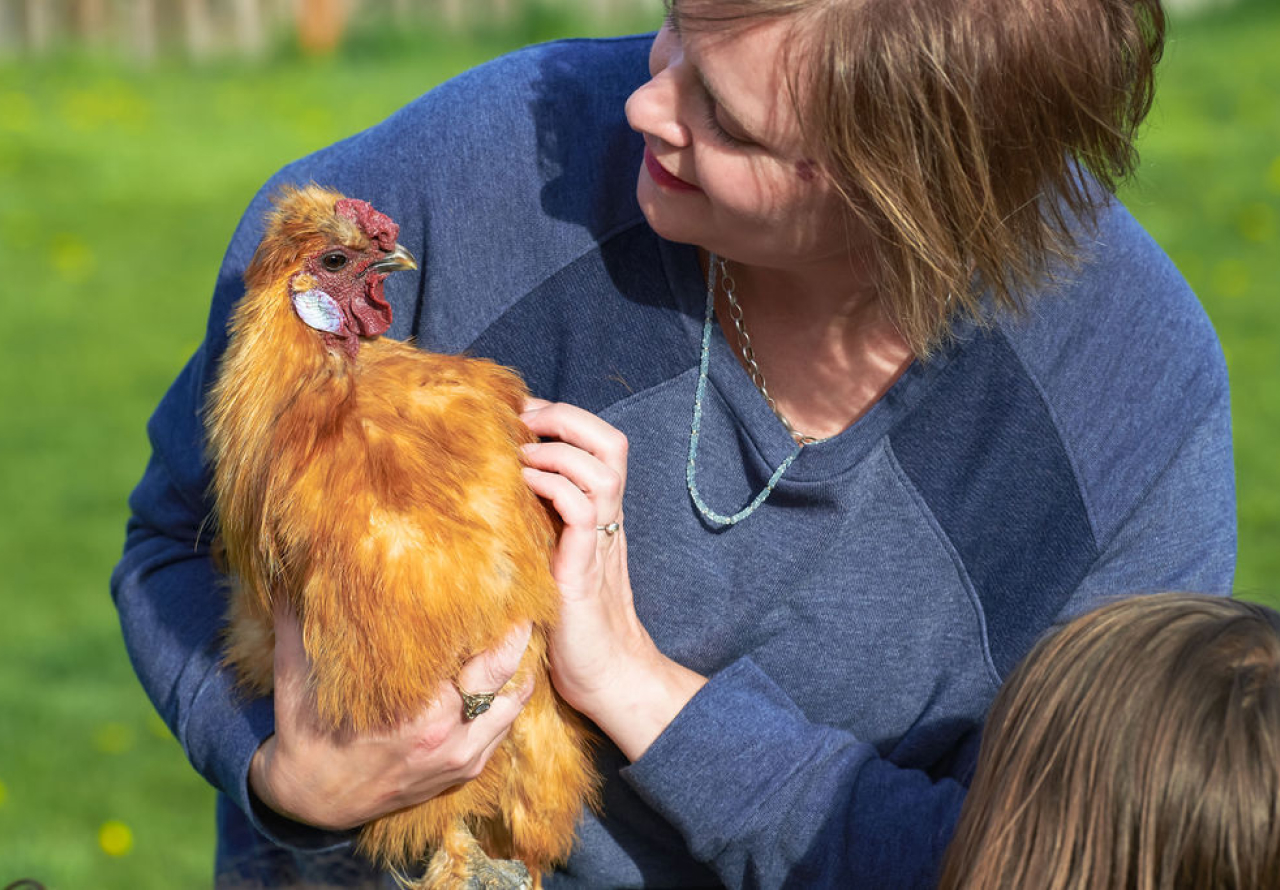
It’s time to channel your inner Willie Wonka because it’s time to talk about our sense of TASTE!
Our tiny little taste buds, located all over our tongue, roof of our mouth, and even in our throat, are incredible receptors of gustatory sensory information.
When we eat something, our taste receptors are stimulated. They send signals to the brain about their perception of that flavor: sweet, sour, salty, bitter, and umami (meaty).
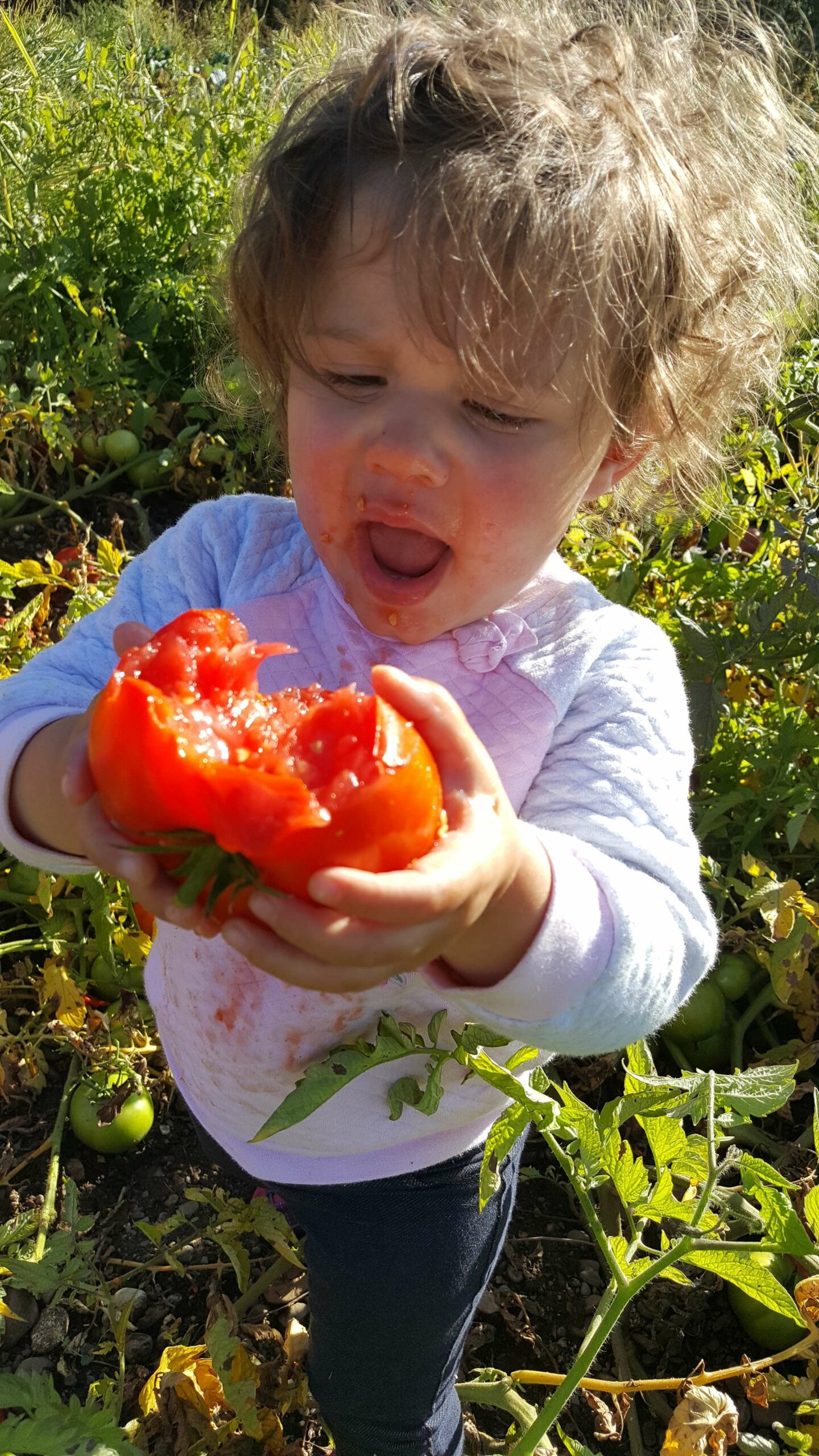
The sensory experience of a fat, juicy tomato!
Our sense of taste is a survival mechanism and helps inform us of what to eat and what not to eat. Interestingly, babies have 2x more taste buds than adults. One reason for this is so babies and children can gather as much information through this sensory system about their world as they can. Essentially, children create a food ‘database’ for sustenance and enjoyment.
Nature offers lots of opportunities for building their ‘database’ of healthy, plant-based food.
Did you ever stick raspberries or olives on each fingertip and then eat them one by one?
Do you remember the excitement of finding a fat, ripe strawberry hidden under a thick layer of leaves?
And, did you know that the more children are involved in the growing of food the more likely they are to eat it? This is great news for parents of picky eaters!!
Put cherry tomatoes or green beans on your picky eater’s dinner plate and you’re likely to get an upturned nose. Strategically locate a cherry tomato plant or climbing beans in their playscape and they may give them a try, because, hey, it’s easier to try something new when you’re having fun than when you’re feeling the pressure of the “no thank you bite”.
Tasting and eating edible plants also improves children’s language and communication skills.
Try this with your kids: You and your kiddo each pick something out of the garden to taste. Take time sensing the flavors. Then, each describe how different things taste.
Encourage them to go beyond basic flavor descriptions, like good, bad, or okay. If it’s sweet, can they describe that sweetness? If it’s sour, how does it make them feel?
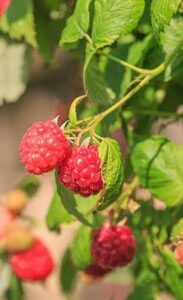
For a dwarf thornless raspberry variety, try Bushel n Berry Raspberry Shortcake.
There are so many ways to include taste experiences in a play and learning space: through edible gardens, potted herbs, or just planting edible plants in the landscape.
What could be more fun than for kids to graze while they play?
How many ways can you bring edible plants into their play space?
Guaranteed, you’ll surprise yourself in how easy it is to create an edible, graze-able playscape.
For kids, it’s so much fun to experiment with this sensory system. Tasting and eating is a symphony of experience, in the blending of flavor, texture, and smell.
What’s more fun for kids than experimenting with their sense of taste?
This is where sensory plants can really shine.
You have your garden staples: the fruits, berries, and veggies plants. Widely available food plants that kids love include strawberries, blueberries, thornless raspberries and blackberries, grapes, figs, apples, apricots, plums, pears, beans, cucumbers, cherry tomatoes, and sugar snap peas.
Some food plants that aren’t mainstream (at least in my northwest climate), and should be given consideration are honeyberry, lingonberry, aronia (hello, superfood!), quince, pawpaw, and jujube, to name a few.
Herbs are multi-sensory plants in that they typically have a strong fragrance to accompany their potent flavor. My favorites for children’s spaces include basil, lemon balm, rosemary, creeping thyme, oregano, chives, mint, and lavender.
Herbs are great in pots and planted out in the landscape. For example, thyme is a creeping plant that can be planted between stepping stones as it can withstand a little foot traffic.
Then, we have plants with edible flowers. Nasturtiums, pansies, calendula, dahlia, peony, roses, lilac, forsythia, apple blossoms, carnations, and hollyhock. And, the list goes on.
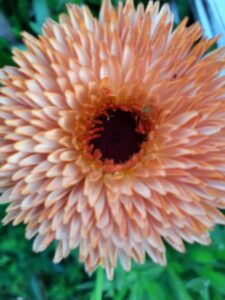
Calendula is a colorful, edible, medicinal flower that’s perfect for children’s areas.
Want to make a salad more appealing and beautiful? Bouge it up with peppery-tasting nasturtium blossoms and mild-flavored rose and calendula petals.
Finally, we have wild edibles! Dandelion, Johnny Jump-Ups, spring violets, clover, lamb’s quarters, wild mustard, chickweed, chicory, amaranth…and I’m just naming plants I’ve found in our own yard!
Foraging wild edible plants is incredibly fun. Quite often we’ll grab a couple bowls and forage greens and edible flowers growing wild on our property. We give it all a good washing, add a little homemade dressing, and…
Voila! YARD SALAD!
Grab a field guide from your local library or install an app on your phone to help you identify wild plants accurately. I’m currently using an app called PlantNet. Foraging for wild plants help kids understand their home landscape and the bounty it offers!
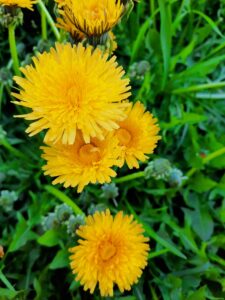
This year we made Dandelion jelly. Incredibly easy, fun, and tasty!
Check out my eBook, Nature Play for the 7 Senses: A Parent’s Guide for Natural PLay & Learning Spaces for ALL Children
